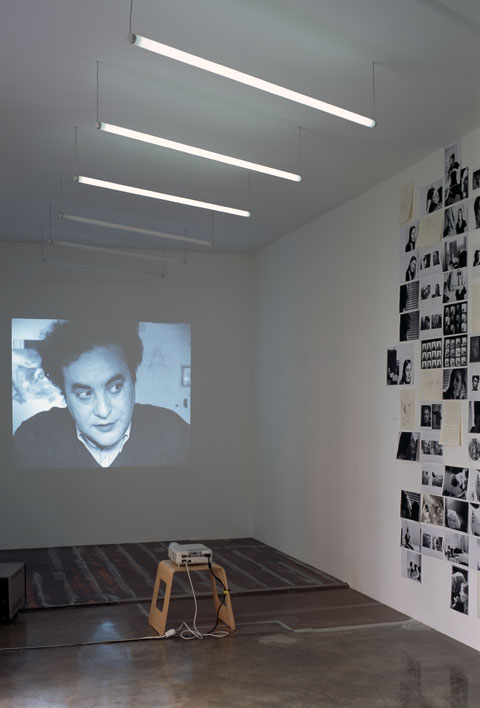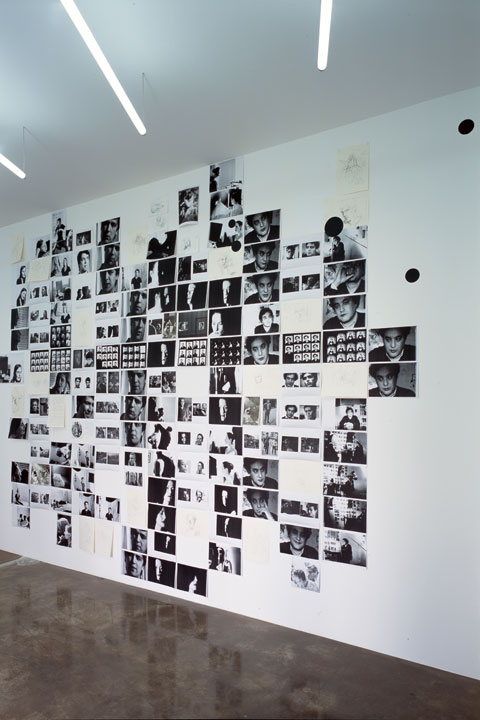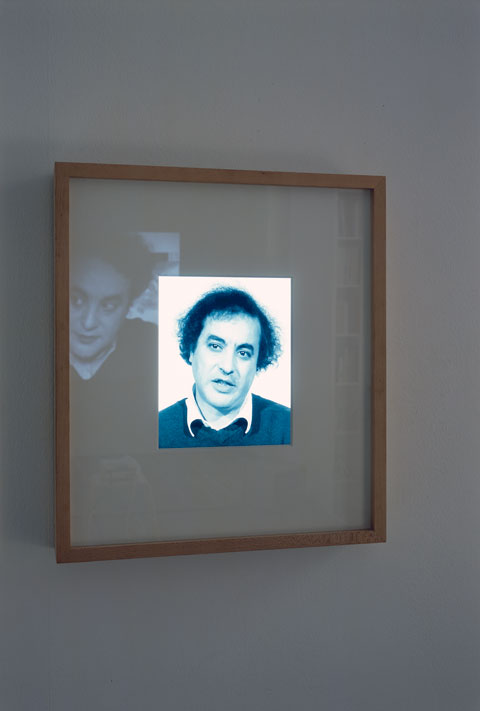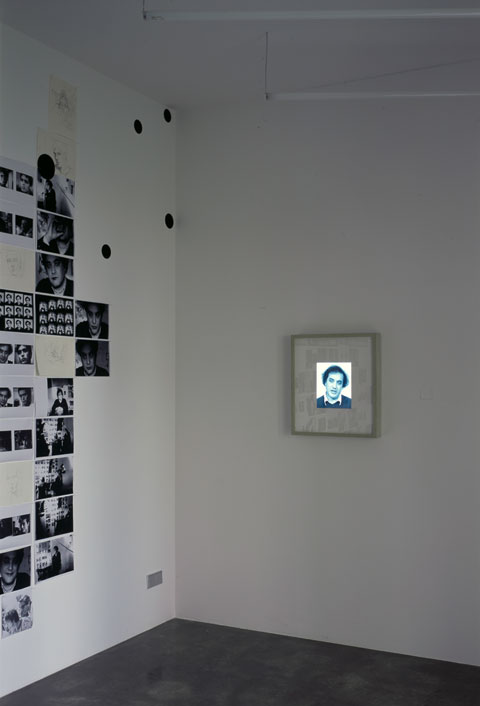Die Plejaden #1

Präsentationsansicht / Presentation view: Axel Lapp Projects, Berlin. Foto: Carsten Eisfeld

Präsentationsansicht / Presentation view: Axel Lapp Projects, Berlin. Foto: Carsten Eisfeld

Präsentationsansicht / Presentation view: Axel Lapp Projects, Berlin. Foto: Carsten Eisfeld

Präsentationsansicht / Presentation view: Axel Lapp Projects, Berlin. Foto: Carsten Eisfeld
As a starting point for The Plejades #1, Mona Jas used her video piece Ideale. There she investigated whether we still depend on ideals in our time, and what those ideals could be. In over 50 filmed conversations, she asked people to talk about their views on ideals. The protagonists were filmed in a very documentary way, head-on and neutrally lit.Through her dealings with this material, with what was said and the concepts therein, Jas began to look in more detail at film as a medium and the exaggeration of meaning in the cinematic treatment. From this, she developed the idea to continue this project with cinematic means, in a combination of medialised and representative image and documentary interview.
She selected film scenes and moods from films, in which the authors gave a form to their ideals: Gena Rowlands in the films of Cassavetes, Tystnaden (The Silence) by Ingmar Bergman, the films of Pasolini and Tarkowsky. To these Jas assigned four exemplary interviews from Ideale and then filmed the interviewees again in the style of this film, while they saw and heard their initial interview for the first time.
Thus, the passivity of watching and hearing is positioned against the heightened expression of cinematic technique, the stylised film against the spontaneous confrontation with the own image and what one said months earlier. With her piece, Mona Jas created a unique commentary on idealisation in our medialised period. In the exhibition, film and sound are played alternately, so that the duality of image and sound continues.
The complex installation presents some minutes of the films on a monitor and via a projection, then the lights in the gallery turn on and for a few seconds an extract of the sound can be heard. In addition to this, there will be a documentation of the preparatory work on show. Axel Lapp
1 Computer, 2 Films. 1 Databeamer, 1 projection, area 200 x 150 cm. Wallwork 480 x 330 cm, 161 pieces. 1 TFT flatscreen 15” framed (Ahorn) 50 x 57 x 8,5 cm with passepartout, unreflecting glass
Single exhibition Axel Lapp Projects, Berlin.
With Stefan Dörner, Henriette Kolb, Ali Mekaoui. Kamera/Licht Jutta von Stieglitz-Yousufy. Maske Stephan Maikowski